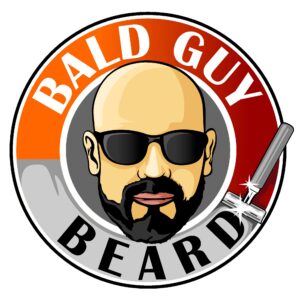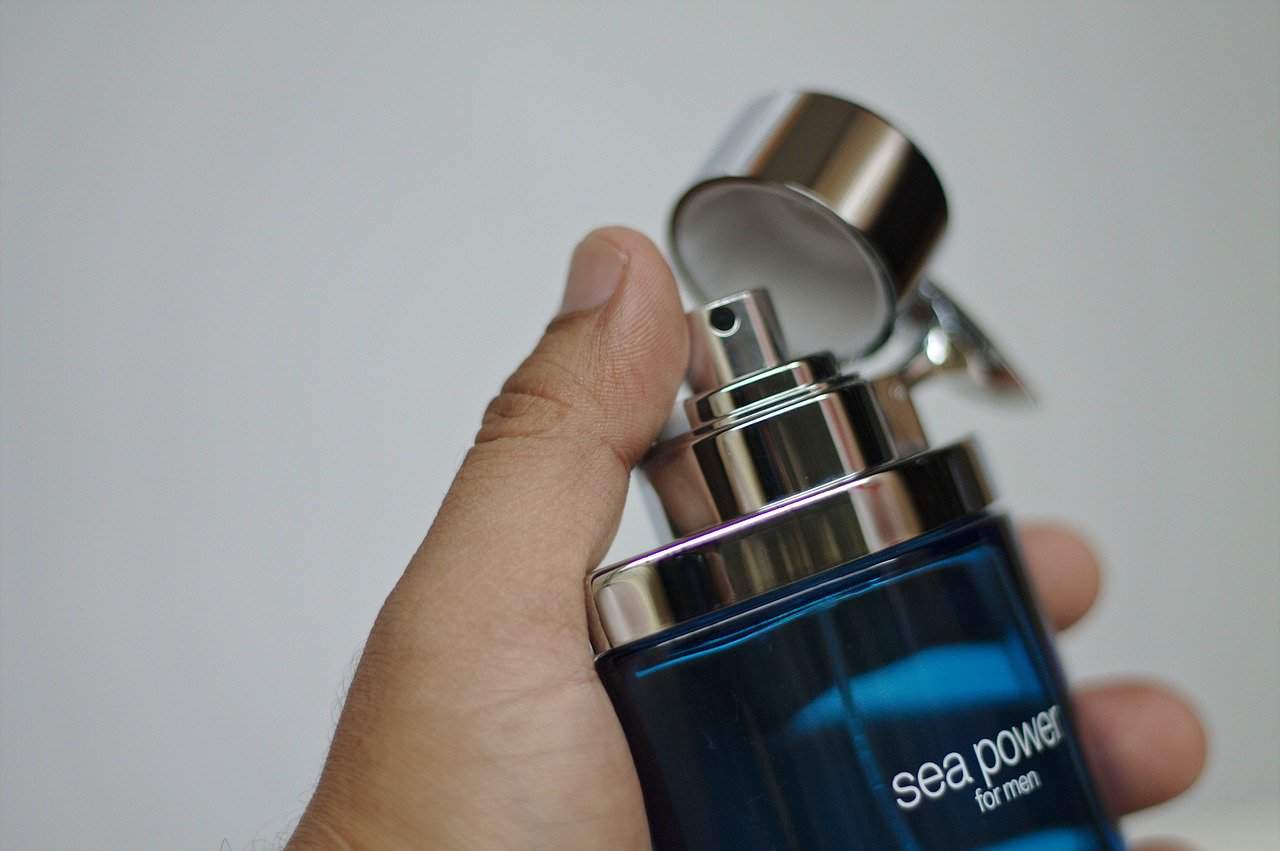Is there a difference between aftershave and cologne and can I use them interchangeably? Men already tend to use the words interchangeably to mean the same thing but there is a difference. Not to mention all the other fragrance products that also exist.
When I first started shaving, I remember seeing my dad’s bottle of Aqua Vela lying around and bought one myself. I also remember trying Skin Bracer and the Gillette aftershave balm. I recall the feeling of splashing it on my skin after shaving and smelling the scent briefly, seemingly for only a few minutes before I didn’t notice it anymore.
Aftershave has become a catchall phrase that is often used to describe any scent that a guy applies to his skin. As in “I wouldn’t mind a new aftershave for my birthday” when they actually mean a cologne.
And what is an eau de toilette? And how about parfum (perfume)? These days, cologne is typically marketed towards men and perfume is marketed as a product for women. How did it all come to this and what should I use?
Let’s look at each option in more along with the English translation of the formal word for each product which is written in French.
Aftershave

Many guys begin their shaving careers by splashing on a widely available (and cheap) aftershave like Brut, Skin Bracer, Old Spice or the classic Aqua Velva. Aftershave is the cheapest, weakest (scent wise) and most easily found product for men to use following shaving.
As the name would suggest, aftershave is used after you’ve shaved. It’s meant to be applied directly to the face by splashing a decent amount on your hands and rubbing it gently on the skin. Aftershave contains alcohol – typically 60%-70% of its contents – and its purpose to is not only leave a nice scent on your face but to sterilize cuts and nicks after shaving. Products often contain an antiseptic which aids in this regard.
When you apply aftershave to your face, you feel a sudden and brief tingling feeling that subsides within several seconds due to the alcohol content. You particularly feel the sting on any areas you may have cut. Television ads for aftershave typically involve a model splashing a copious amount of it on their face after shaving. Since the product is cheap, you’re encouraged to use it generously which obviously helps manufacturers sell more of it.
Aftershave traditionally came in liquid form with the same consistency as water like the products mentioned above. Today it’s also available in opaque lotions and creams.
Cologne

Officially called Eau de Cologne, this has an interesting backstory. Eau de Cologne is a French phrase and refers to a product popularized by an Italian named Giovanni Maria Farina who was living in Cologne, Germany at the time when he invented it. How’s that for multinational?
Eau is the French word for water. de Cologne means from Cologne in French. So Eau de Cologne literally means “Water from Cologne.”
Perhaps the world’s most famous (and oldest surviving) cologne is the Original Eau de Cologne 4711 which refers to a product created by German Wilhelm Muelhens at his home located at Glockengasse 4711 in the city of Cologne. Glocken is the German word for bells and a Gasse is an alley so it refers to the clock tower area of the town. So if you’ve ever seen the 4711 cologne in the distinctive green Molanus bottle, now you know where the number comes from.
Cologne generally has a concentration of around 2%-5% perfume oil and tends to be more expensive than aftershave. Because it’s more concentrated than aftershave, it typically comes in a spray bottle that is spritzed onto the skin or lightly daubed on the skin when sold without a pump.
Cologne is not meant to applied directly to the face but rather to the neck, behind the ear or even on the wrist.
Eau de Toilette
Eau de toilette literally means toilet water in English but that’s clearly not what it is. Stronger in concentration than cologne, eau de toilette ranges from 5%-15% perfume oils and is typically around 10%.
Like cologne, eau de toilette products are either sold with a spray pump or are simply lightly daubed on the skin behind the ear or on the wrist.
Eau de toilette is typically marketed towards women these days.
Eau de Parfum
Parfum means perfume in French. As with eau de toilette, perfume has become a word that in English refers to a fragrance marketed for women even though the original definition was genderless.
Eau de parfum is higher in concentration than eau de toilette, typically sold with 15%-20% perfume oil.
Parfum
Parfum (perfume) is the strongest scent available and is typically offered with a perfume content of 15%-40%.
Given the higher fragrance content, it tends to be the most expensive type of product and these days has become synonymous with a line of products marketed specifically for women.
Comparison Table
Check out the chart below for a summary of fragrance options. We compare the product type, the relative strength of the scent for each option, the percentage of oil/scent contained, how long the scent typically lasts and where to use each product on your skin.
| Product | Relative Strength | Oil % | Scent | Usage |
| Aftershave | Weakest | 1%-3% | 1 hour | Face, neck |
| Cologne | Medium | 2%-5% | 3 hours+ | Neck, wrist, behind ear |
| Eau de toilette | Strong | 5%-15% | 6 hours+ | Neck, wrist, behind ear |
| Eau de parfum | Stronger | 15%-20% | 8 hours+ | Neck, wrist, behind ear |
| Parfum | Strongest | 15%-40% | 12 hours+ | Neck, wrist, behind ear |
The Difference Between Aftershave and Cologne
Let’s focus on aftershave and cologne which are the two fragrance types marketed solely for men. We’ve already described the differences between them but what’s the ideal and intended use for each?
Aftershave is weaker in strength, is cheaper and the scent doesn’t last nearly as long. It’s meant to be applied directly to the face and neck and its purpose is to assist your skin directly after you’ve shaved, hence the name.
Cologne is stronger in strength, is more expensive and the scent lasts longer than aftershave. Cologne is meant to be applied to the neck, behind and on the wrist but not on the face. Cologne is applied with a pump or lightly daubed on the skin. You don’t use as much cologne as aftershave due to the increased strength.
While aftershave has both medical (antiseptic) and fragrant (its scent) purposes, a cologne is really only used for its fragrance.
So while an aftershave is used directly after shaving and its scent typically wears off after around 1 hour, you would typically apply a cologne before going to work or going out for the evening or perhaps after a shower, after the gym, etc.

What’s Better For After Shaving?
Aftershave.
The purpose of aftershave is to provide the skin with benefits right after you’ve shaved. Its job is to soothe the skin and the scent is a byproduct that doesn’t last very long. It’s the only product that is designed to be applied directly to the face too. Many aftershaves also include an antiseptic for sterilizing cuts and some include Witch Hazel or aloe vera to further soothe the skin and protect against shaving irritation.
Pro Tip To Make Fragrances Last Longer
- Apply your fragrance after showering and shaving. Dry off and then apply it.
- Don’t get dehydrated. In other words, drink more water. The more hydrated you are, the less likely your skin will pull the fragrance from your skin as it searches for moisture.
- Similarly, apply your fragrance after moisturizing your skin.
- Applying your fragrance to body parts not hindered by clothing (neck, face) will make the scent more noticeable throughout the day.
- Aftershave can be rubbed onto the skin by hand. Apply other fragrances without rubbing them into your skin. Spray or daub it and leave it be.
Conclusion
- The two main fragrances marketed towards men are aftershave and cologne which are described in detail above.
- Aftershave tends to have a lower fragrance content whereas cologne is stronger and thus its scent lasts longer.
- Aftershave is to be used on the face and neck directly after shaving for medicinal and scent benefits.
- Cologne shouldn’t be used on the face but rather on the neck, behind the ear and wrist.
- While similar, aftershave and cologne offer different benefits and each have a different purpose.
- If you want to avoid aftershave or cologne, consider an essential oil after shaving.
Do you use aftershave and/or cologne? Let us know your favorite brand below in the comments!


